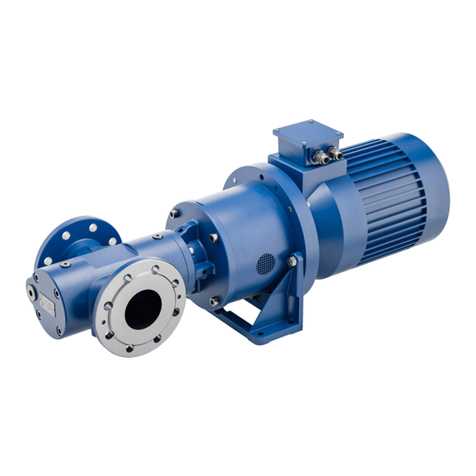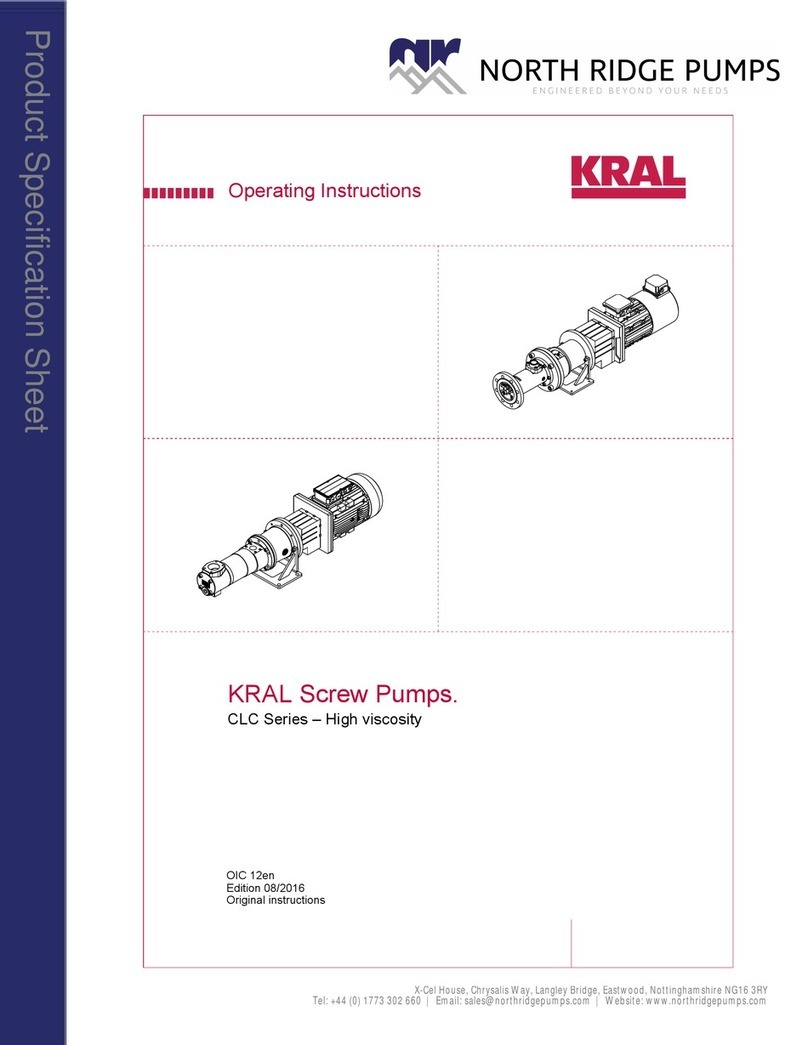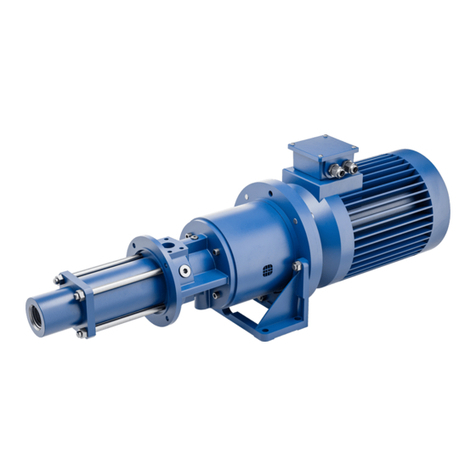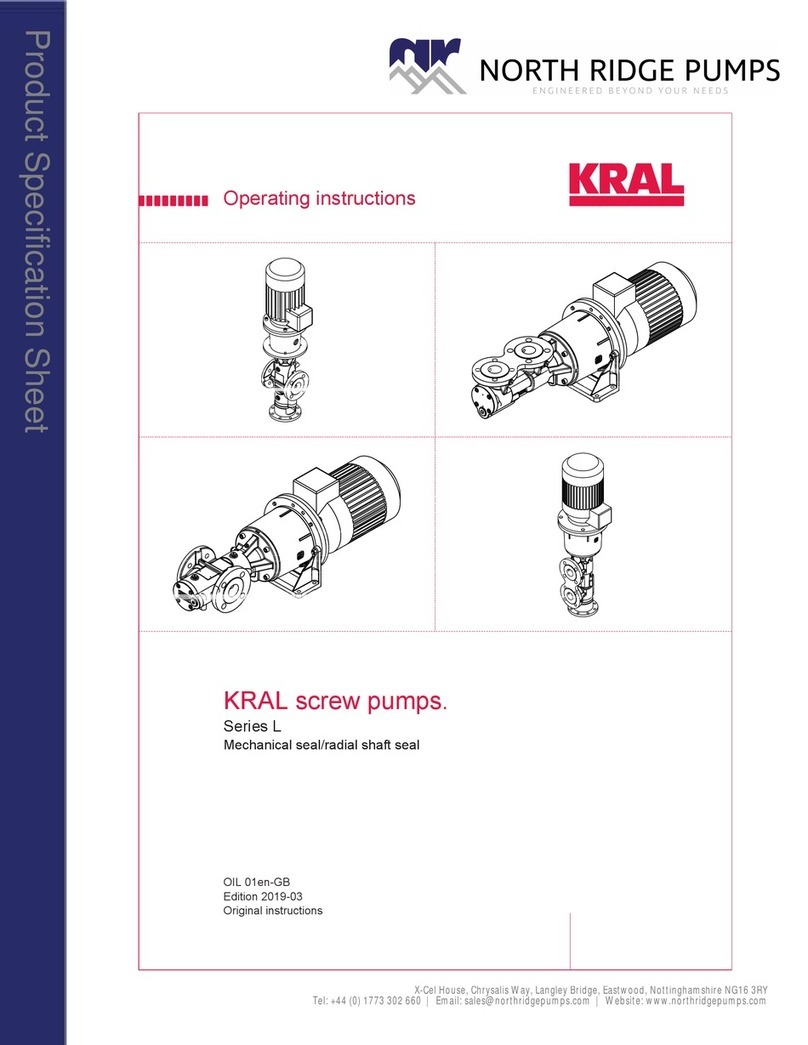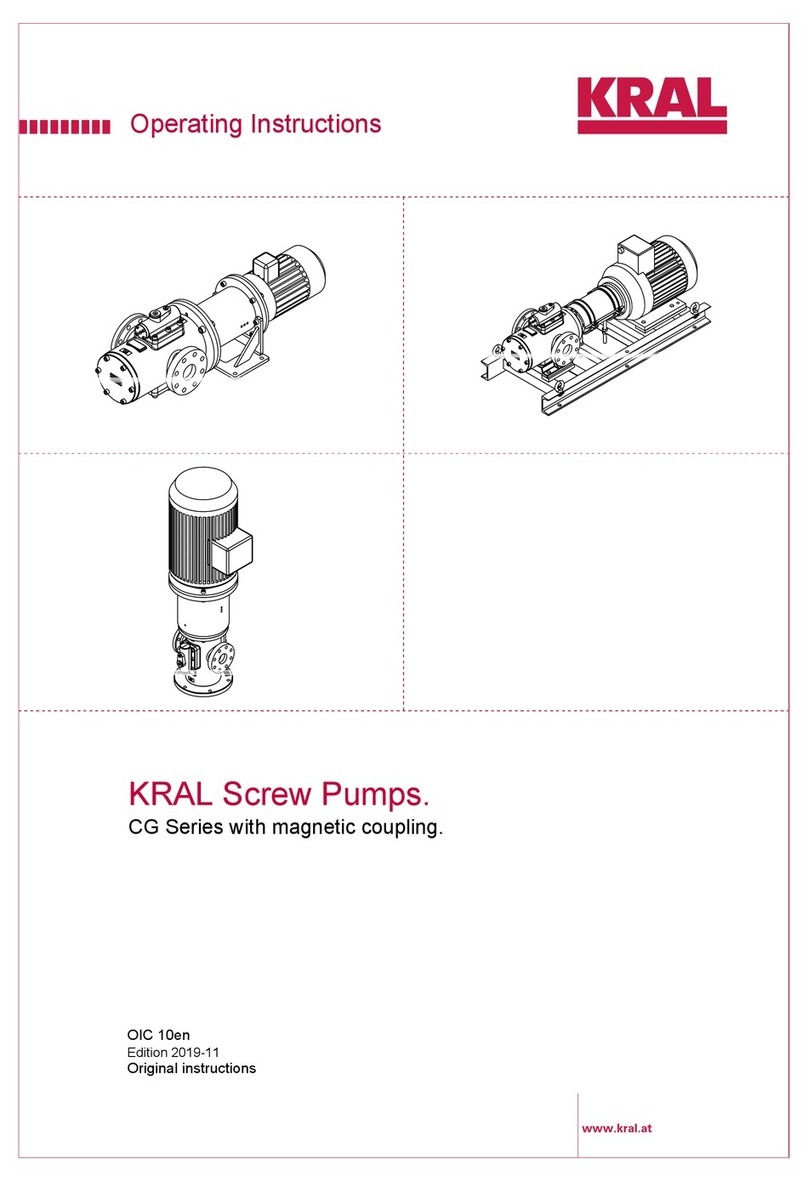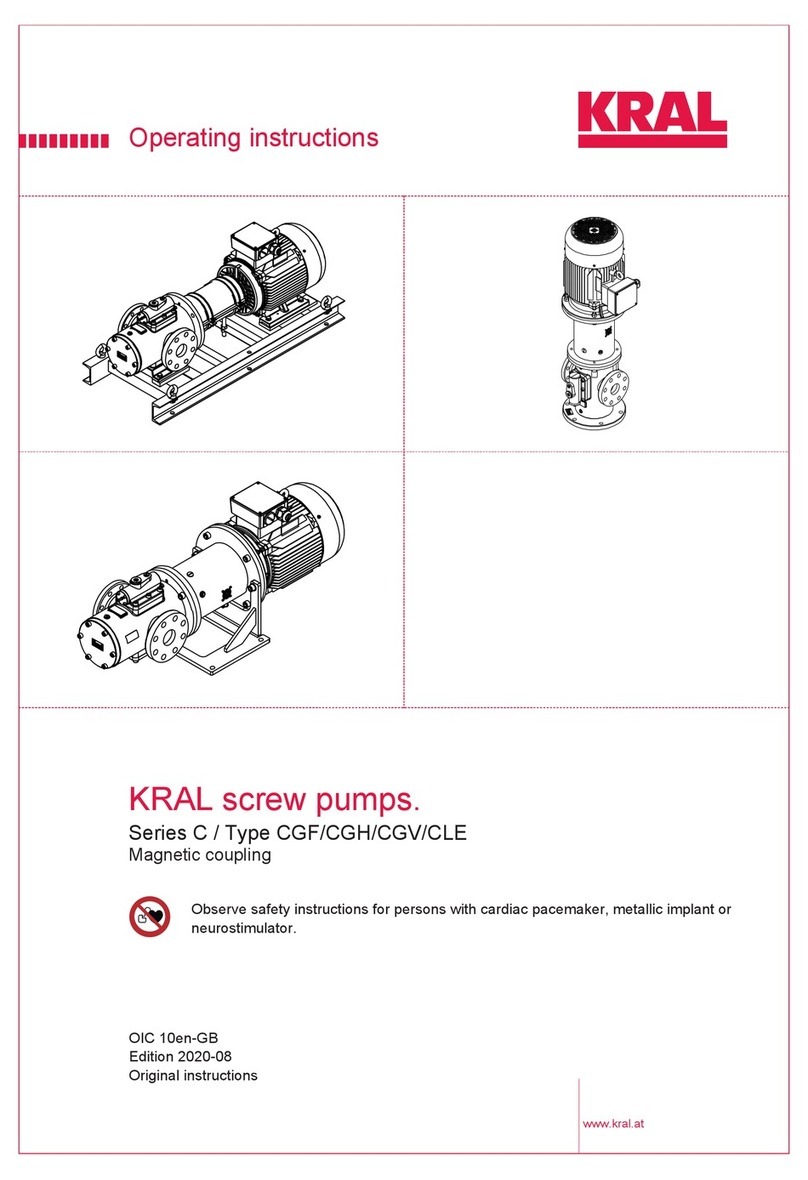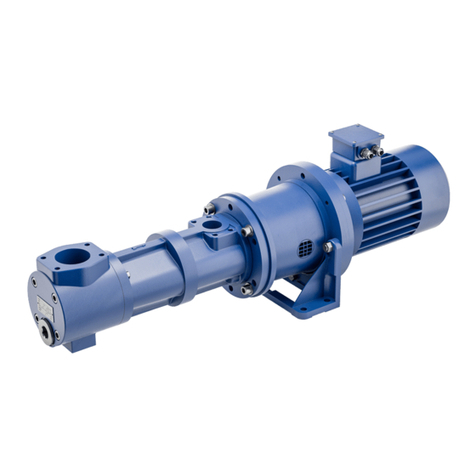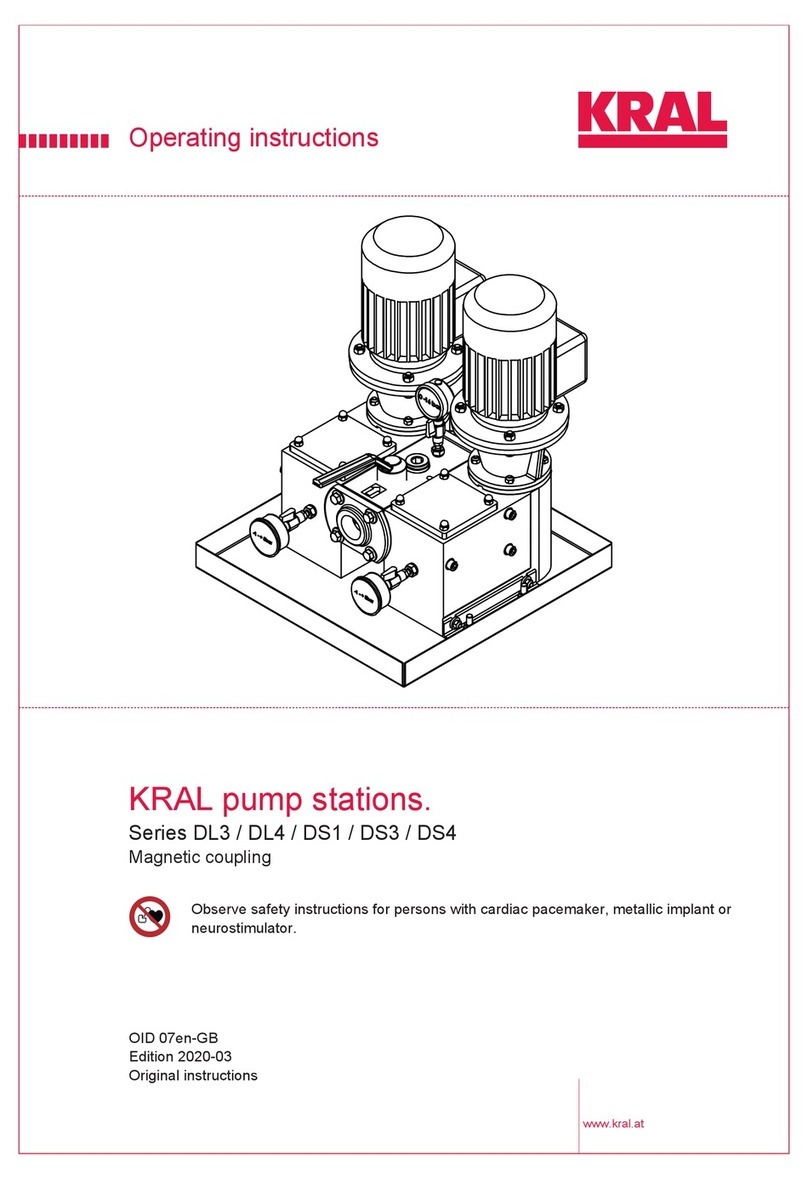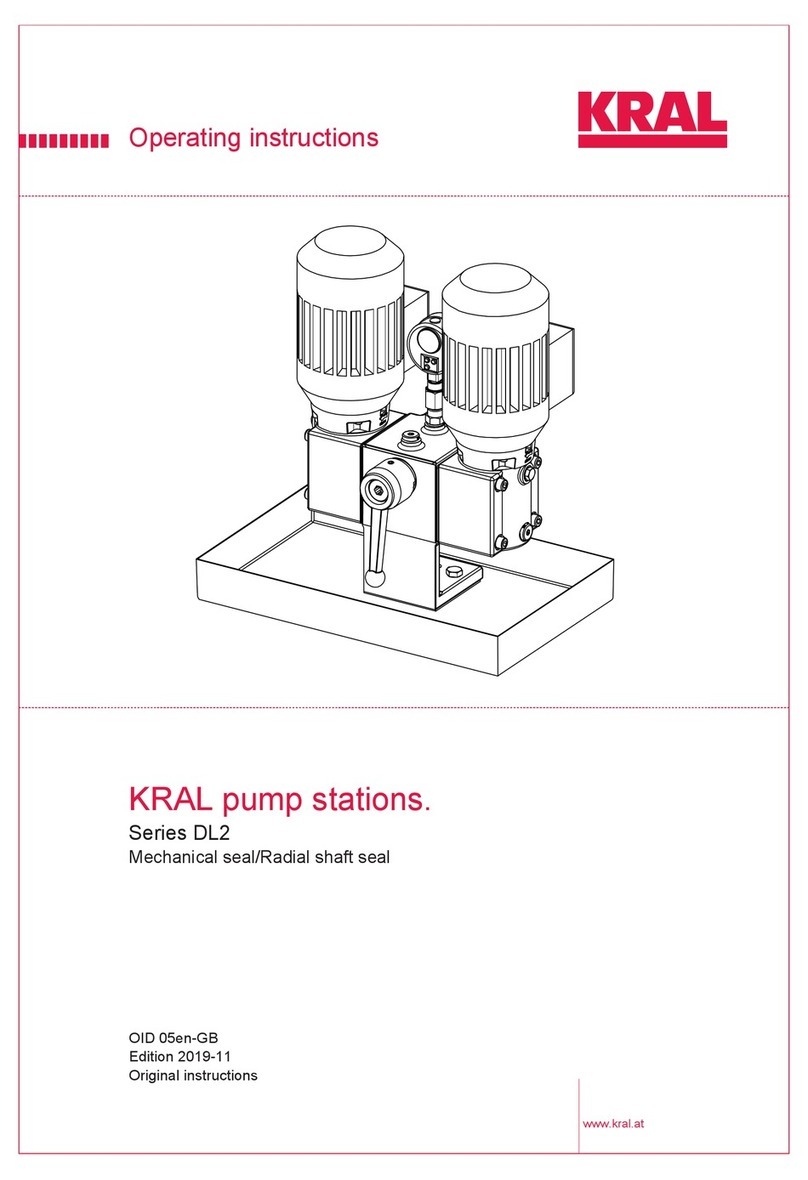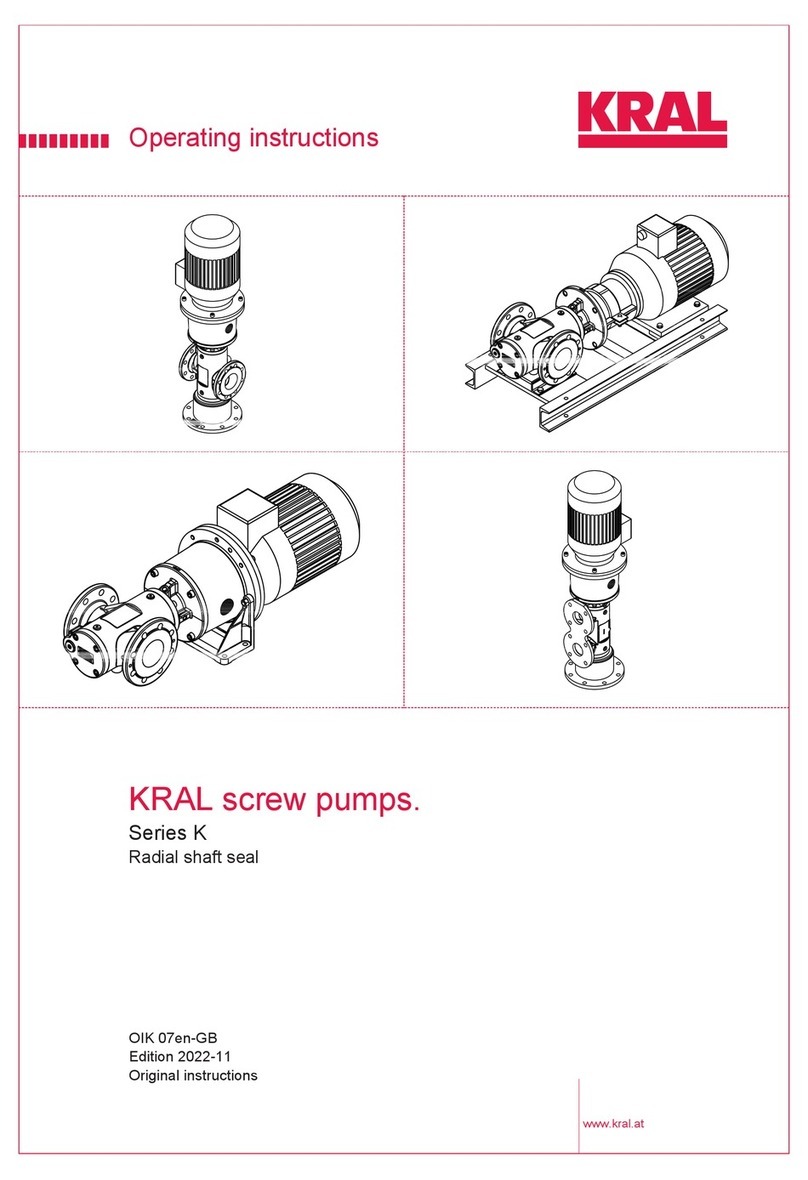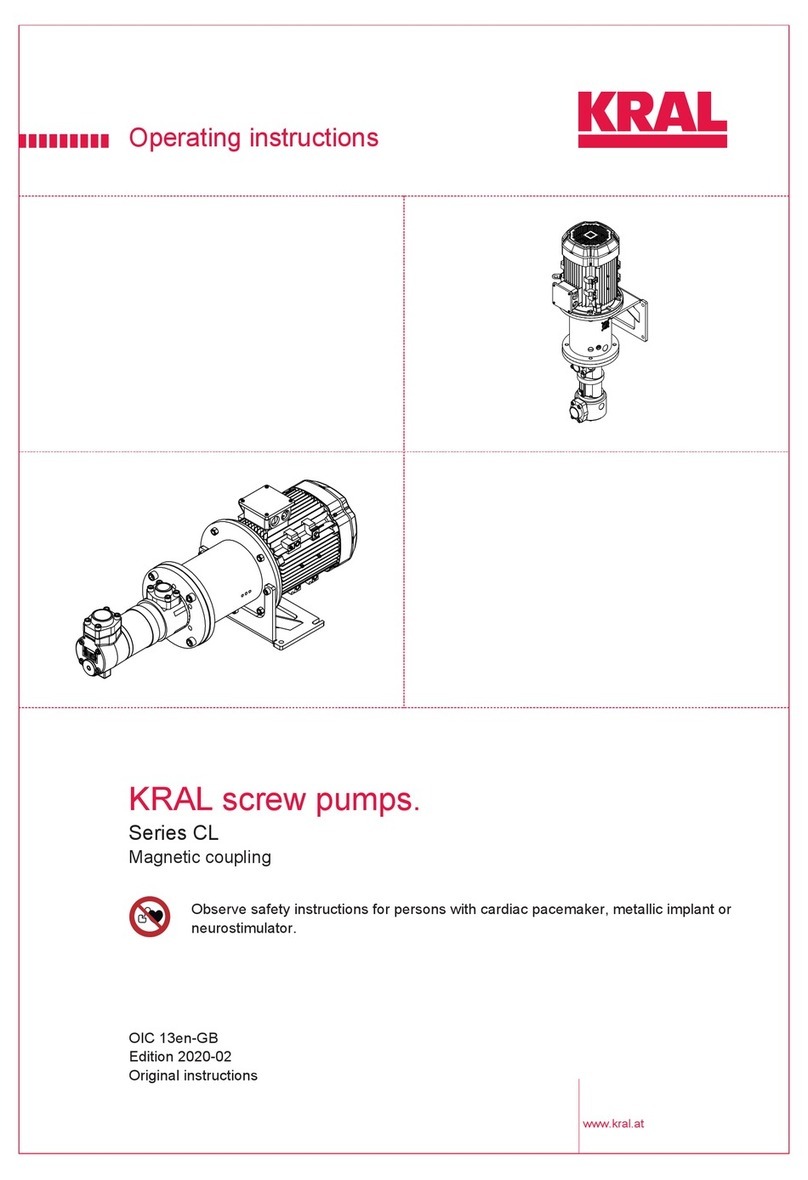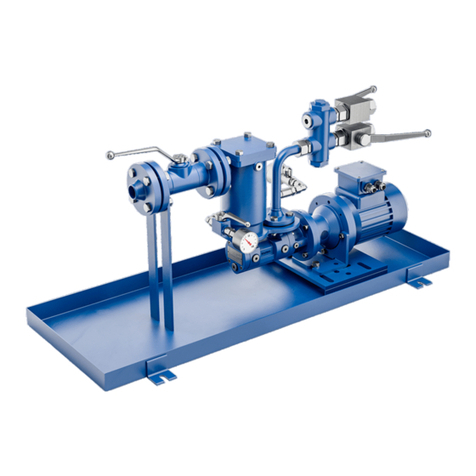
Table of contents
1 About this document ..................................................... 4
1.1 General information .......................................................4
1.2 Associated documents ..................................................4
1.3 Target groups ................................................................4
1.4 Symbols.........................................................................4
1.4.1 Danger levels ....................................................4
1.4.2 Danger signs.....................................................4
1.4.3 Symbols in this document .................................5
1.4.4 Symbols for personal protective equipment......5
2 Safety .............................................................................. 6
2.1 Proper use .....................................................................6
2.2 Foreseeable misuse ......................................................6
2.3 Obligations of the operator-owner .................................6
2.4 Safety instructions .........................................................6
2.4.1 Fundamental safety instructions .......................6
3 Identification................................................................... 7
3.1 Type code......................................................................7
3.2 Rating plate ...................................................................7
4 Technical data ................................................................ 8
4.1 Operating limits..............................................................8
4.2 Filling volume.................................................................8
4.3 Inlet pressure for heavy fuel oil......................................8
4.4 Sound pressure level.....................................................8
4.5 Mesh width strainer/filter................................................9
4.6 Weights..........................................................................9
5 Function description.................................................... 10
5.1 Structure ......................................................................10
5.2 Functional principle......................................................10
5.3 Assignment pump station - pump ................................11
5.4 Reversing valve ...........................................................11
5.5 Overflow valve .............................................................11
5.6 Pressure measurement ...............................................12
5.7 Strainer ........................................................................12
6 Transportation, storage............................................... 12
6.1 Dangers during transportation .....................................12
6.2 Dangers during storage ...............................................13
6.3 Unpacking and checking the state of delivery .............13
6.4 Transporting the pump station.....................................13
6.5 Storing the pump station..............................................14
7 Preservation ................................................................. 14
7.1 Preservation table........................................................14
7.2 Preserving the inner surfaces......................................14
7.3 Preserving the outer surfaces......................................15
7.4 Removing the preservation..........................................15
8 Installation, removal .................................................... 16
8.1 Dangers during installation ..........................................16
8.2 Dangers during removal ..............................................16
8.3 Mounting the pump station ..........................................16
8.4 Removing the pump station.........................................17
9 Connection ................................................................... 18
9.1 Dangers during connection work .................................18
9.2 Connecting the pump station to the pipe system.........18
9.3 Connecting the pump station to the power supply.......19
10 Operation........................................................................20
10.1 Dangers during operation ............................................20
10.2 Commissioning ............................................................20
10.2.1 Cleaning the pipe system ................................20
10.2.2 Filling and venting the pump station ................20
10.2.3 Checking the direction of rotation ....................21
10.2.4 Commissioning the pump station ....................22
10.3 During operation ..........................................................22
10.3.1 Checking the operating pressure.....................22
10.3.2 Activating the reversing valve..........................23
10.3.3 Adjusting the overflow valve ............................23
10.3.4 Switching off the pump station.........................24
10.4 Decommissioning.........................................................24
10.4.1 Taking the pump station out of operation ........24
10.5 Recommissioning.........................................................25
10.5.1 Recommissioning the pump station.................25
11 Maintenance...................................................................25
11.1 Dangers during maintenance.......................................25
11.2 Required maintenance.................................................26
11.3 Ball bearing (outer bearing) .........................................26
11.4 Ball bearing (inner bearing)..........................................26
11.5 Maintaining the pump station .......................................26
11.6 Maintaining the strainers..............................................26
12 Servicing ........................................................................27
12.1 Dangers during servicing .............................................27
12.2 Wear ............................................................................27
12.2.1 Signs of wear...................................................27
12.2.2 Mechanical seal...............................................27
12.2.3 Radial shaft seal ..............................................27
12.3 Cleaning the strainer....................................................28
12.4 Replacing the coupling.................................................29
12.4.1 Removing the coupling (inner bearing)............29
12.4.2 Installing the coupling (inner bearing)..............30
12.4.3 Removing the coupling (outer bearing) ...........31
12.4.4 Installing the coupling (outer bearing) .............32
12.5 Replacing the pump .....................................................33
12.6 Replacing the mechanical seal ....................................34
12.6.1 Removing the mechanical seal (DL2 from320/
DS1) ................................................................34
12.6.2 Installing the mechanical seal (DL2 from320/
DS1) ...............................................................34
12.6.3 Removing the mechanical seal (DL3/DL4/DS3/
DS4) ................................................................35
12.6.4 Installing the mechanical seal (DL3/DL4/DS3/
DS4) ................................................................35
12.7 Replacing the radial shaft seal.....................................36
12.7.1 Removing the radial shaft seal (DL2 as of320/
DS1) ................................................................36
12.7.2 Installing the radial shaft seal (DL2 as of320/
DS1) ................................................................36
12.7.3 Removing the radial shaft seal (DL3/DL4/DS3/
DS4) ................................................................37
12.7.4 Installing the radial shaft seal (DL3/DL4/DS3/
DS4) ................................................................37
12.8 Replacing the mechanical seal and ball bearing (outer
bearing)........................................................................38
12.9 Replacing seals............................................................39
12.9.1 Replacing seals (DL3/DL4/DS3/DS4)..............39
2OID 06en-GB Edition 2019-11 Operating instructions




















